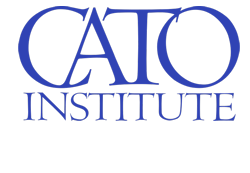Romina Boccia
Romina Boccia
As a new Congress and administration descend on Washington, they will face critical decisions that will define our economic future. The choices made—or avoided—this year could determine whether the United States averts a fiscal crisis or plunges further into unsustainable territory. The time to act decisively by putting the US budget on a path to balance is now.
Last year’s reckless year-end spending package served as a grim reminder of the fiscal irresponsibility that has pushed US debt to 100 percent of GDP. The new Congress has an opportunity to start a new chapter—one that prioritizes fiscal discipline and ensures a sustainable future that enables economic growth to benefit all Americans.
Four looming fiscal deadlines in 2025 demand urgent attention: the return of the statutory debt limit, and the expiration of discretionary spending caps, key provisions of the 2017 Tax Cuts and Jobs Act (TCJA), and expanded Obamacare subsidies. We explain these deadlines in greater depth in our new paper, “A Fiscal Agenda for the 119th Congress: The 2025 Fiscal Cliff Calls for Spending Restraint,” which was just published by the Cato Institute. In it, we call on Congress to meet these challenges with a firm commitment to fiscal responsibility and economic growth or risk greater inflation, higher interest rates, and subsequent voter backlash come the 2026 midterm elections.
The Debt Limit: An Action-Forcing Tool for Real Reform
The statutory debt limit, reinstated on January 1, 2025, presents a key turning point for Congress to adopt a credible deficit-reduction plan that will put the US budget on a path to long-term balance. While some voices, including President Trump, have floated the idea of eliminating the debt limit altogether, doing so would strip away a critical fiscal guardrail. Combined with a potential $5 trillion increase in deficits from extending TCJA provisions without offsets, » Read More
https://www.cato.org/blog/2025-pivotal-year-americas-fiscal-future






